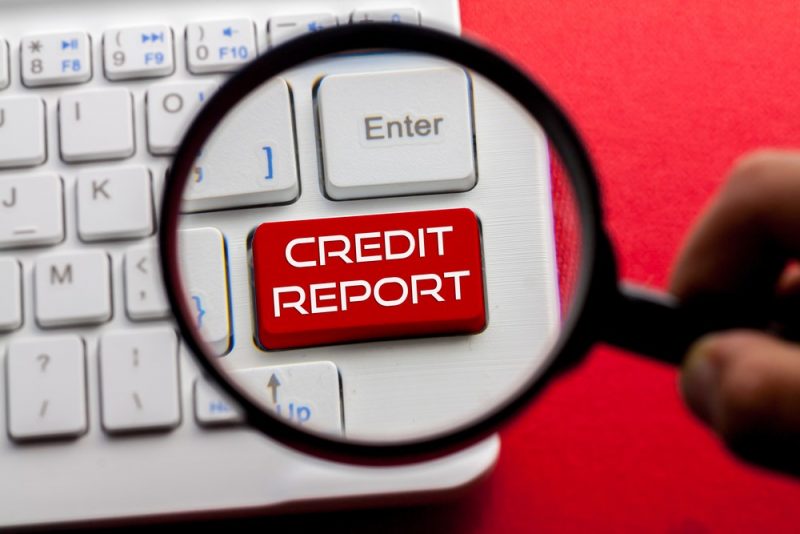The Business Owner’s Guide to Understanding and Building Business Credit
Section 2: How to Establish Business Credit Files
Unlike personal credit, having business credit files isn’t always automatic. You may have to proactively set up your own business credit files at each of the bureaus. Each credit bureau also has its own requirements for creating business credit files. If your business has been in operation for some time, it is possible that the credit bureaus may already have files on your business. You can check online to see if a report for your business exists with each of the major business credit bureaus. However, if you are looking for credit report details or credit scores, it will cost you money. The more detailed the report, the more it will cost.
If you have checked online with the bureaus and you do not have any business credit files, don’t fret. Here are some basic steps to help establish a business credit file with Dun & Bradstreet (as an example) and get you on the path to building your business’ credit.
Step 1: Incorporate Your Business
The first step in establishing business credit files is to incorporate your business. Incorporating establishes your business as a separate legal entity and allows you to create separate credit files in your business’ name, separate from your personal credit files. There are several types of business structures, and becoming a Limited Liability Company (LLC), C-Corporation, or S-Corporation will allow you to set up your business as its own legal entity. Keep in mind that the specific business structure you choose and the state you are in will affect how you incorporate your business. The U.S. Small Business Administration has an in-depth guide on the different type of business structures and what they entail.
Incorporation comes with multiple benefits for business owners. It facilitates the separation of personal and business finances, aids in the approval of business loans, limits your liability, and affects what you pay in taxes.
Step 2: Place your business address and phone number in directories
Listing your business name, number and address in directories makes it easier for the credit bureaus to find your business. This involves adding your business information to the Yellow Pages as well as local and online directories.
Step 3: Get an Employer Identification Number (EIN) from the IRS
An Employer Identification Number (EIN) is a nine-digit number assigned by the IRS for tax purposes, handling employee payroll (where applicable), and more. An EIN works similarly to how a Social Security number (SSN) works for an individual. It also allows a business owner to separate their SSN from their business documents, lessening the chances of SSN fraud. An EIN allows business owners to perform tasks such as applying for loans in the company’s name, obtaining credit cards in the company’s name, and opening business bank accounts.
Applying for an EIN is free and can be done through the IRS website.
Step 4: Register your business with Dun & Bradstreet and get a D-U-N-S (Data Universal Numbering System) Number
You can register your business and establish a basic credit profile with Dun & Bradstreet for free through D&B’s website. Registering online with D&B will get you a D-U-N-S Number. D-U-N-S stands for Data Universal Numbering System, a global identification system that is used to keep track of a variety of businesses. Your D&B account information and D-U-N-S number will be matched up to your SSN or EIN, so it is not necessary to give your D-U-N-S Number to lenders and vendors.
As previously mentioned, there are three major business credit bureaus that each keep their own separate credit reports and scores for businesses. Each has its own requirements for setting up a business credit file.
Step 5: Set Up A Business Bank Account
Using your EIN, you will be able to open business bank accounts. This is advised as having a business checking and savings account will help you separate your personal and business finances.
Step 6: Check Your Business Credit Reports
The creation of your business credit reports are not something that always happens automatically, so you may not have business credit reports to check as of yet.
However, if you do make sure to check them to make sure there are no mistakes. Errors on your credit reports can negatively affect your business credit scores. If you find an error, file a dispute or submit an update online with the specific credit bureau.
You have now done everything necessary to establish your business credit files. Now it is time for your business to start doing something worth reporting and to start building your business credit.
About the Author
Oliver Browne is a Credit Industry Analyst for Credit Card Insider. Credit Card Insider’s goal is to provide educational information on various financial topics and help people and businesses alike make informed decisions around credit. With an educational background in law and business research, Oliver researches and writes on a multitude of topics including small business, credit building, and personal finance.

